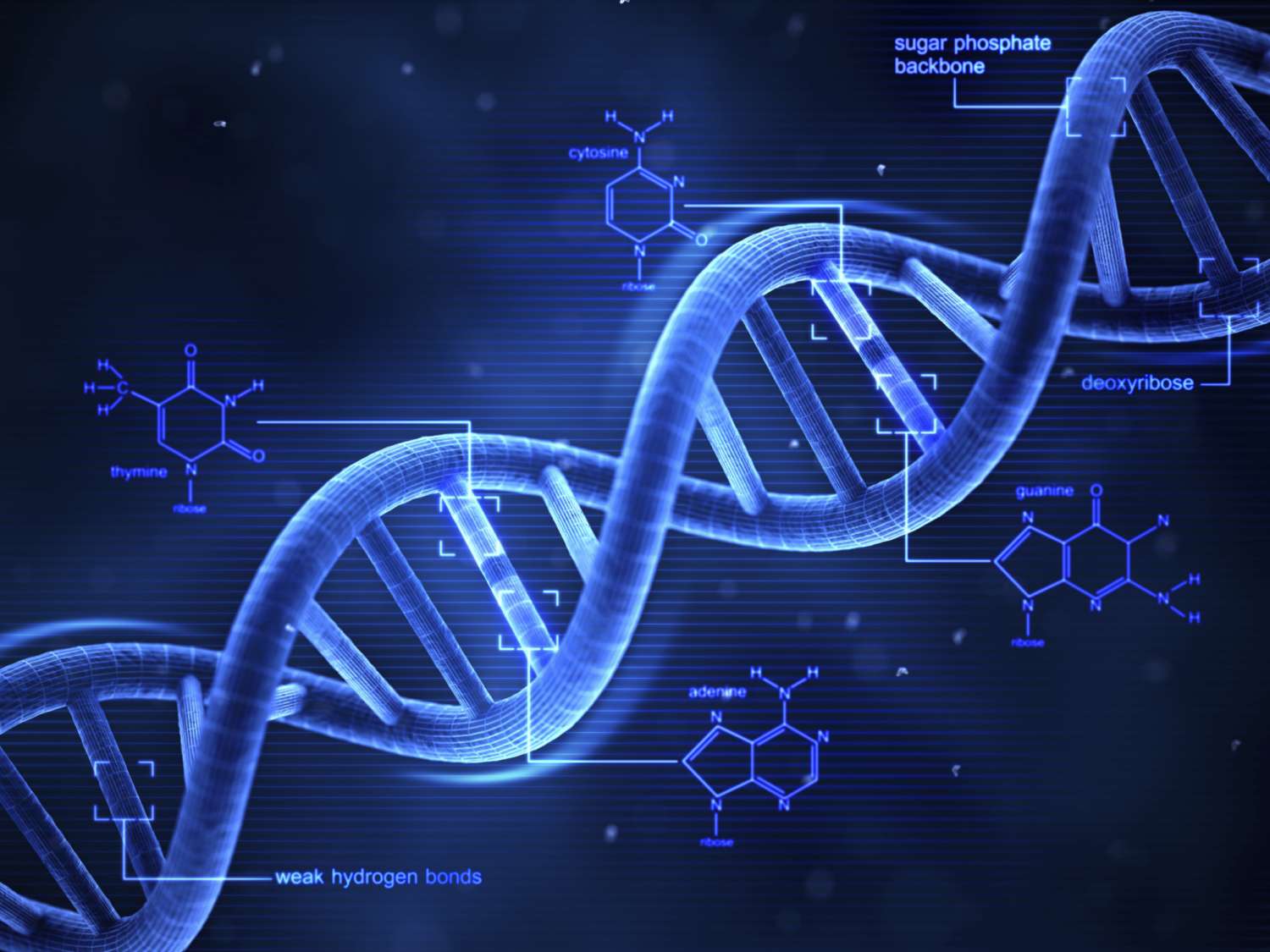DNA, the molecular blueprint of life, holds the key to the intricacies of genetic information and hereditary traits. But where does the fascinating process of DNA unwinding, a crucial step in DNA replication and gene expression, actually begin? Delving into the molecular machinery of the cell, scientists have uncovered the intricate mechanisms that initiate DNA unwinding, shedding light on the origins of this fundamental biological process.
A Molecular Double Helix
At the heart of DNA unwinding lies the iconic double helix structure of the DNA molecule. Composed of two complementary strands wound around each other in a twisted ladder-like configuration, DNA forms a stable and compact structure that efficiently stores genetic information. Each strand of the DNA double helix consists of a sequence of nucleotide bases—adenine (A), thymine (T), cytosine (C), and guanine (G)—connected by hydrogen bonds, with adenine pairing with thymine and cytosine pairing with guanine.
At the Origin of Replication
The process of DNA unwinding begins at specific sites within the DNA molecule known as origins of replication. These regions, marked by unique DNA sequences and regulatory elements, serve as the starting points for DNA replication, where the double helix is unwound and the replication machinery is assembled. In eukaryotic cells, origins of replication are complex regulatory regions that require the coordinated action of multiple proteins to initiate DNA unwinding and replication.
The Unravelers of DNA
Central to the process of DNA unwinding are enzymes called helicases, which play a key role in separating the DNA strands and disrupting the hydrogen bonds that hold them together. Helicases bind to the DNA molecule at the origin of replication and use the energy from ATP hydrolysis to unwind the double helix, creating a replication bubble where DNA synthesis can occur. These molecular motors move along the DNA strand in a processive manner, continuously unwinding the double helix as they proceed.
Coordinating DNA Unwinding
In addition to helicases, a variety of accessory proteins and initiator factors are involved in coordinating the initiation of DNA unwinding. These proteins help recruit helicases to the origin of replication, stabilize the unwound DNA strands, and facilitate the assembly of the replication machinery. Initiator factors play a particularly crucial role in recognizing and binding to specific DNA sequences within the origin of replication, marking the site for helicase recruitment and activation.
Fine-Tuning the Process
The initiation of DNA unwinding is tightly regulated to ensure precise replication of the genetic material and maintain genomic integrity. Regulatory proteins and signaling pathways govern the timing and frequency of DNA unwinding events, coordinating DNA replication with cell cycle progression and environmental cues. Dysregulation of DNA unwinding can lead to genomic instability, DNA damage, and disease states such as cancer, highlighting the importance of precise control mechanisms.
Expanding the Replication Bubble
Once DNA unwinding is initiated at the origin of replication, it proceeds bidirectionally along the DNA molecule, creating two replication forks that move in opposite directions. As helicases continue to unwind the DNA strands, the replication bubble expands, allowing DNA polymerases and other replication proteins to access the template strands and synthesize new DNA molecules. This bidirectional mode of DNA replication ensures rapid and efficient duplication of the genome.
Unraveling the Mysteries of DNA Unwinding
In conclusion, the process of DNA unwinding is a complex and highly regulated molecular choreography that initiates DNA replication and gene expression. Beginning at specific sites within the DNA molecule called origins of replication, DNA unwinding is orchestrated by helicases, accessory proteins, and initiator factors that work together to separate the DNA strands and create replication bubbles. By understanding the mechanisms and regulation of DNA unwinding, scientists gain valuable insights into the fundamental processes of genetics and cell biology, paving the way for advances in medicine, biotechnology, and beyond.
